The OU Roadmap was developed as a conceptual response to themes explored in the Werkbund movement — particularly the relationship between design, identity, and society. Inspired by Werkbund’s emphasis on uniting craftsmanship and industrial design to shape cultural values, this project aimed to ask a fundamental question: Who are we, and how do we evolve? OU was designed not just as a spatial or graphic exercise, but as a symbolic exploration of transformation.
It reflects on how identity forms over time — individually and collectively — through visual language, architecture, and participatory experience.
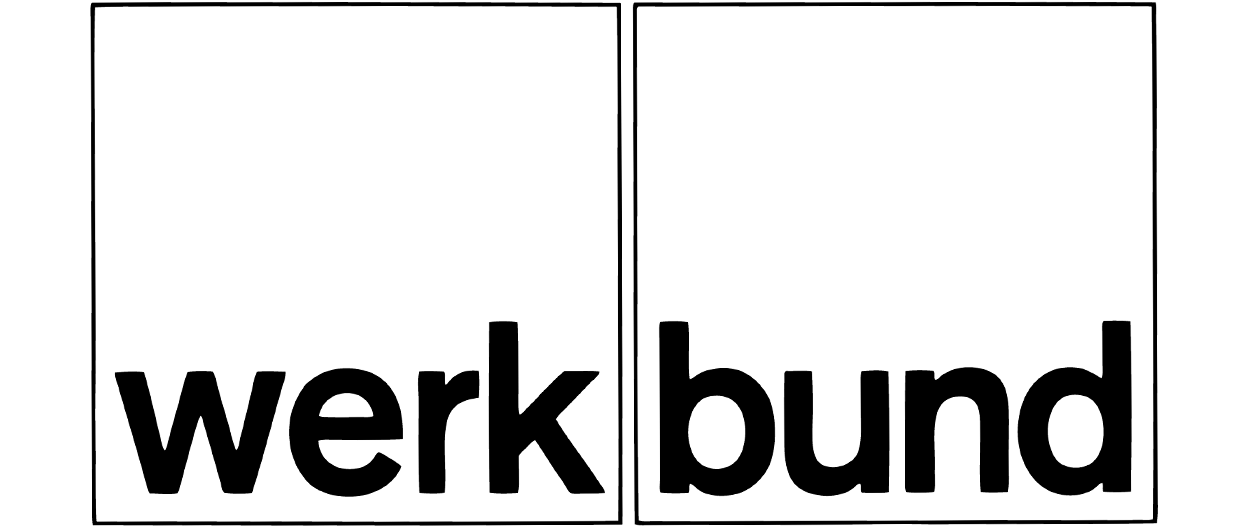
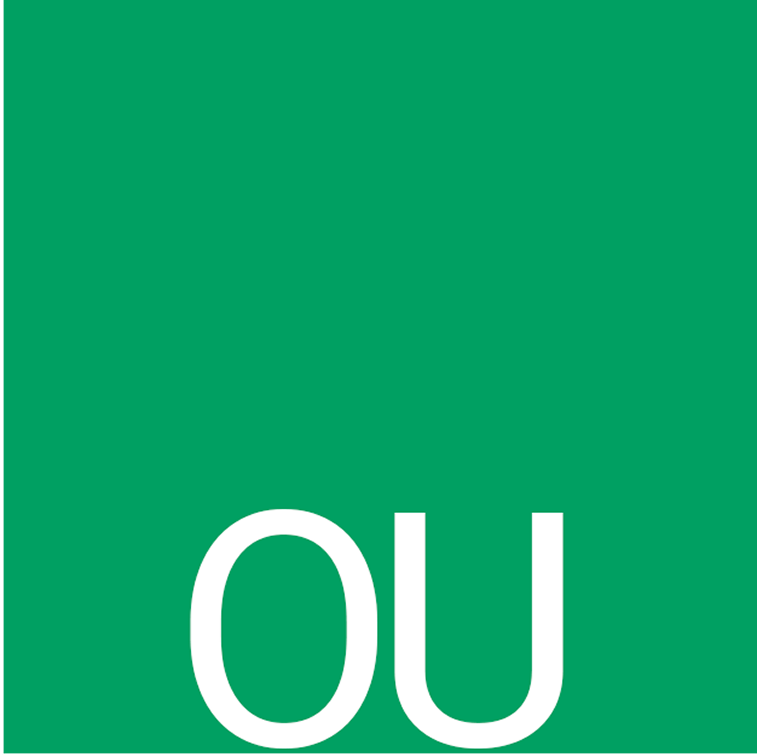
The project began with the idea of using the letters “OU” as a symbolic form — inspired by the open-endedness of the question “Who?” These two letters became a vessel to explore growth, ambiguity, and the layers of personal or collective change. The visual identity was intentionally abstract, allowing for multiple interpretations rooted in movement, modularity, and evolution.

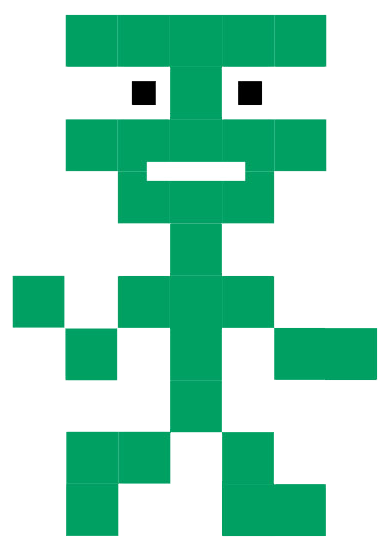
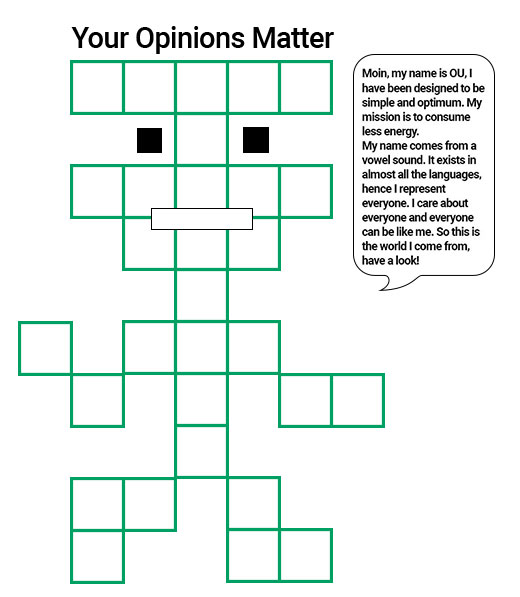
Physically, the project was realized through a walkable installation — a structured pathway that invited viewers to journey through different stages of the concept. Constructed with simple materials like cardboard and foam, the piece gradually transformed in shape and volume, expressing development through space. The installation evolved from flat surfaces to complex volumes, mirroring the process of identity formation.
The goal here was to prepare 100 questions so that the group could find the best 12 questions out of them. The questions were derived from many topics such as sustainability, aesthetics, artificial intelligence, economy, inclusiveness, etc.
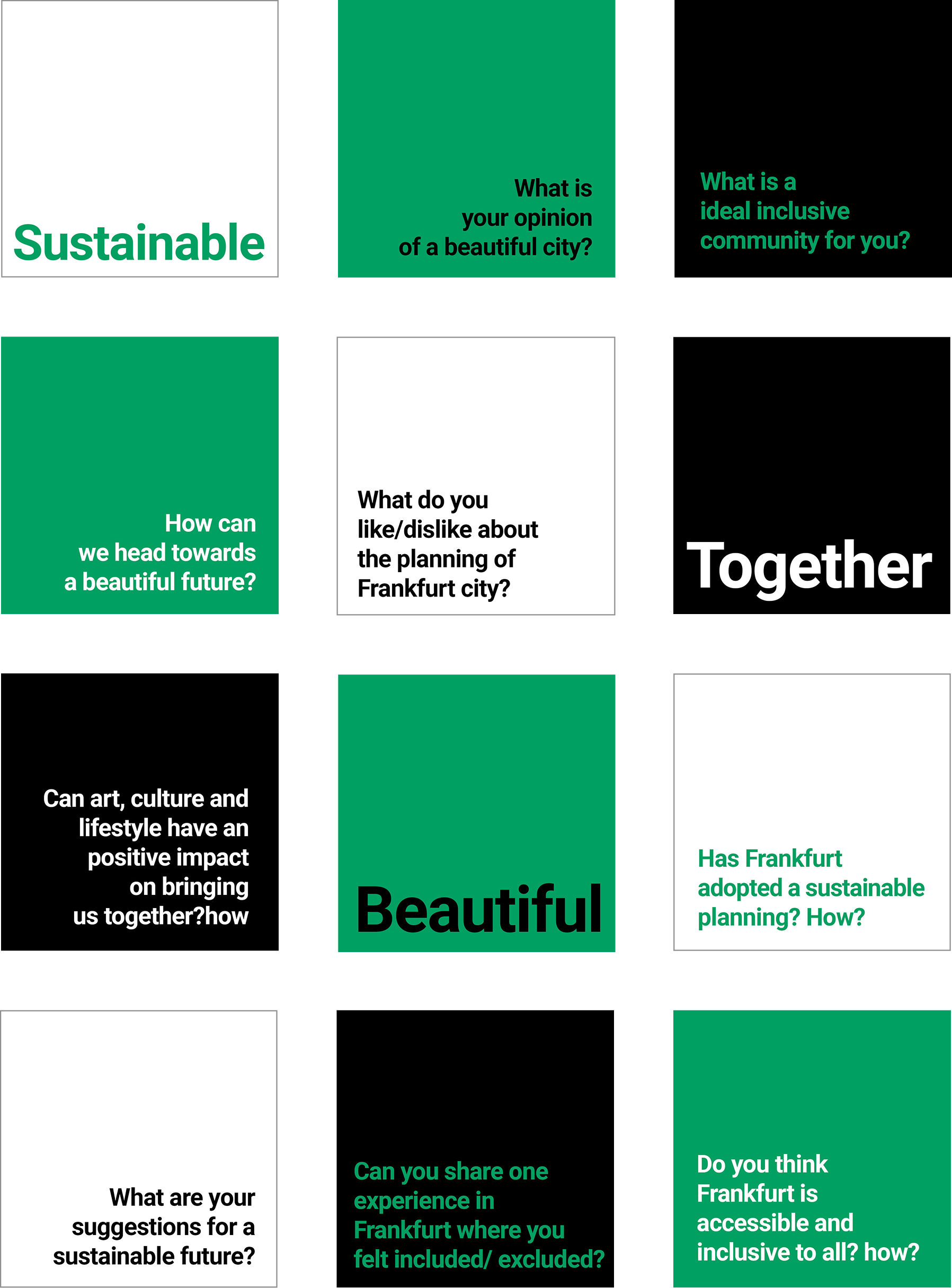
The event itself was designed as a gradual reveal of the roadmap. As visitors moved through the structure, they encountered different sensory elements — including projections, ambient sound, and light-based visuals.
These were carefully curated to elevate the spatial narrative and immerse the audience in a multi-sensory experience. The interaction between form, space, and message created a dynamic dialogue between viewer and design.

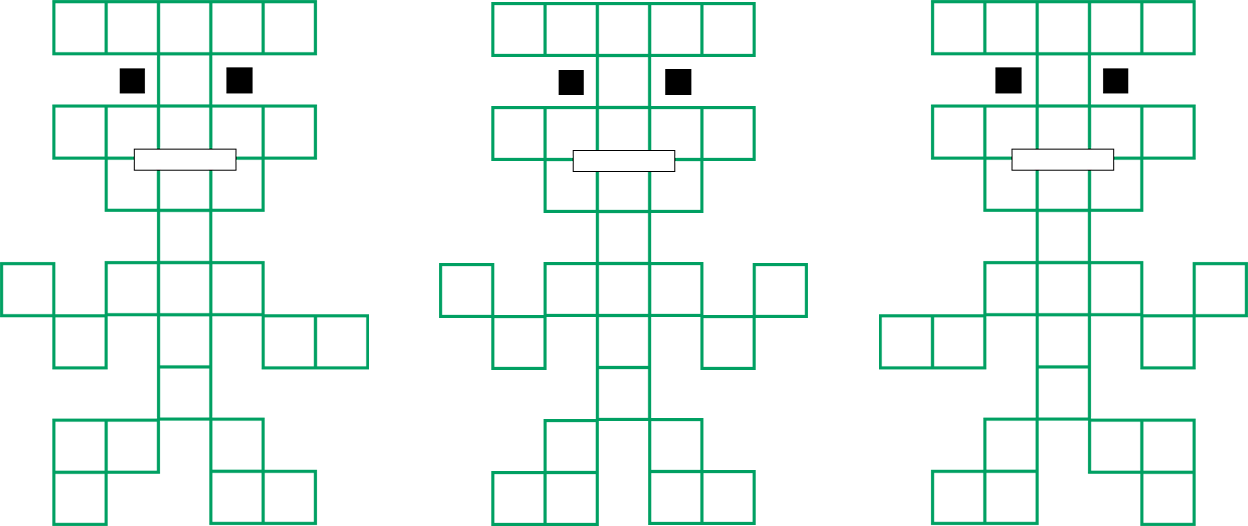

Typography and graphic design played a central role in shaping the experience. Rather than using text purely for communication, type was integrated into the architecture of the space. The visual identity emphasized transformation, layering, and repetition, all echoing the core concept of change.
Ultimately, the OU Roadmap became both a conceptual installation and a reflective tool — one that encouraged viewers to think about the nature of identity, the role of design in shaping meaning, and the ongoing process of becoming.





If you have a project that you want to start, think you need my help with something or just fancy saying hey, then get in touch.